READY TO GET STARTED?
REQUEST A FREE ESTIMATE
Fill out the form below or call (888) 466-7849 for a free, no-obligation estimate.
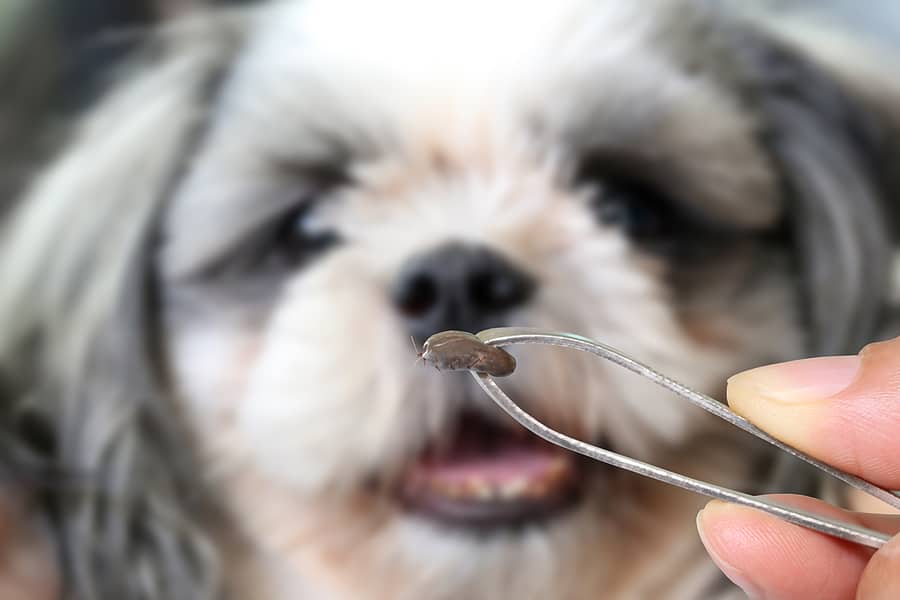
While we soak up the last of the summer weather, many of us are hiking mountains, exploring parks, or just enjoying our backyard. While these activities are great for the whole family, there is a chance of being exposed to fleas and ticks. These pests are extremely small, making them hard to spot and dangerous if not treated in enough time. We break down the difference between these two pests and how you can prevent their bites.
Ticks
Ticks are about 1/8 of an inch and can be a wide range of colors, often dark. These insects usually live in low-lying areas such as grass, shrubs, and bushes. To survive, they need blood and will often feed on humans, squirrels, raccoons, birds, dogs, and more. Their bites can cause irritation or even an allergic reaction. Their mouthparts will even remain on the host’s skin.
These pests can be dangerous as they will transmit diseases such as Lyme disease, anaplasmosis, and babesiosis.
Fleas
Dark reddish-brown in color, fleas are also only 1/8 of an inch long. These pests are found in various environments, but they prefer and are most active in warm, humid temperatures. Like ticks, fleas feed on a host for blood, including humans, but would prefer to feed on hairy animals such as dogs, cats, rats, opossums, and more. Fleas can be tough to spot as they move from host to host very quickly.
If bitten, they can cause small, red, itchy spots on the skin. If the spot is scratched too many times, it can begin to bleed.
Preventing both fleas and ticks from biting you can seem daunting since they can be hard to find, but it’s all about taking precautions before you head out on your next adventure! Here are a couple of easy things to do to prevent fleas and ticks from biting you and your family:
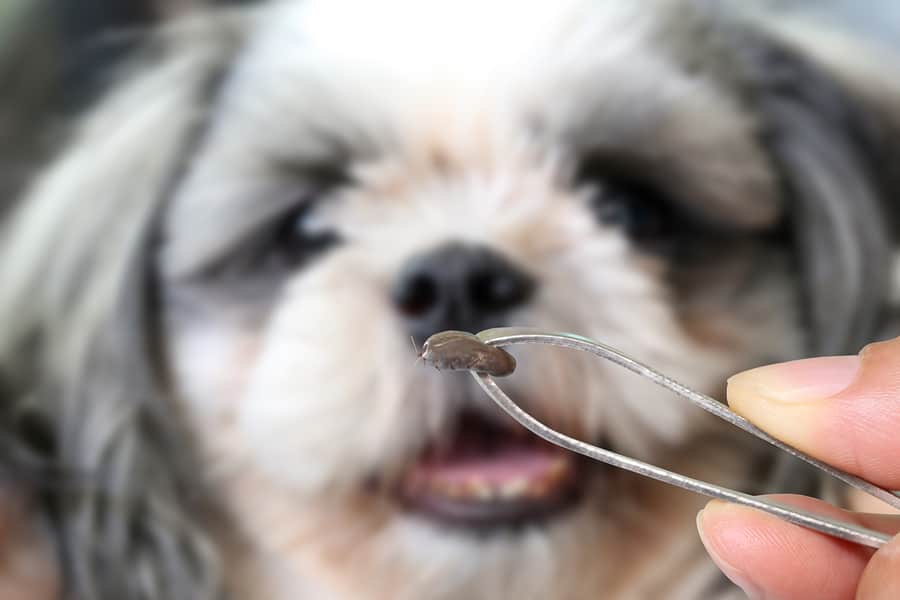
The weather is warming up, many of us are starting to spend time outside with our friends, family, and pets. Enjoying the outdoors has its benefits but also the disadvantage of coming across nuisance pests! Two common spring pests that can be harmful to both humans and pets are ticks and fleas. These insects will typically latch onto us or our animals, making their way inside homes, bringing the risk of infestation.
Fleas
Fleas tend to be dark red or brown, with their size varying between ½” to 1/6” in length. Fleas have a flat body, two antennae, and six legs. These pests will bite both humans and pets such as dogs and cats. Fleas have the incredible ability to jump to great heights, sometimes up to eight feet high! Jumping allows them to hitchhike into homes while hidden in pet fur. Dogs and cats will often get infested with fleas through contact with other animals or spending time outdoors. Once fleas have latched onto an animal host, they tend to stay there and then will easily transfer over to furniture or other animals. Fleas can be a health risk as their saliva is known to cause anemia, dermatitis, and facilitate and transfer tapeworms.
Ticks
There are two categories when identifying ticks: soft ticks and hard ticks. The soft tick will feed on bats and birds while the hard tick will feed on humans, pets, and nuisance wildlife. People and animals are likely to encounter ticks during the warmer months. Ticks can pose several health threats to humans and animals as they can transmit serious diseases such as Lyme disease and “tick paralysis.” Some tick species, such as the American Dog Tick, prefer to attach and feed on domestic dogs, which in turn allows them to sneak into our homes. When ticks feed, they can grow up to four times in size when engorged with blood, making them much easier to spot.
Controlling fleas and ticks can sometimes feel like an impossible task, especially if you have animals. If you suspect that you have a flea and tick problem, consider calling your local professional pest company who can thoroughly inspect your entire property and provide you with a treatment and prevention plan.
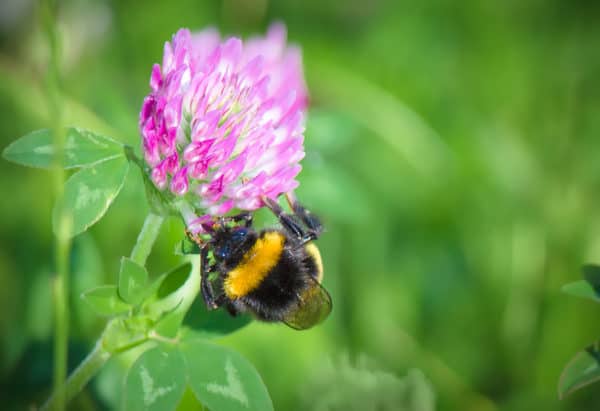
A household pest is any undesired animal that has a history of living, invading, causing damage to, eating food from, acting as a disease vector for, or causing any other harm to a human habitat. While most are considered a nuisance, household pests become dangerous when they pose a risk to health, property, or lifestyle. Household pests aren’t just limited to insects; they also include arachnids, rodents, and wildlife.
While household pests can be found year-round, some are more common in the summer months. Here are 8 of the most common summer household pests and how you can prevent them.
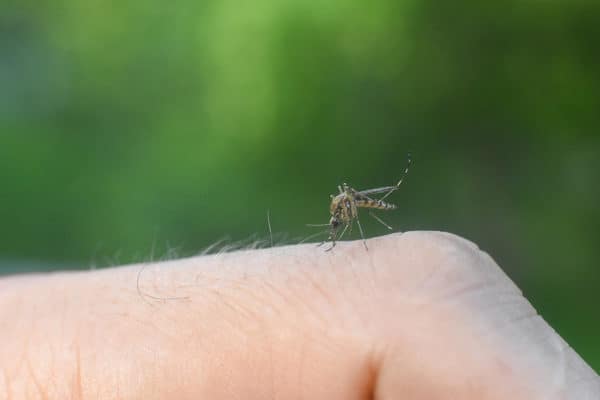
Mosquito season peaks in the summer months. The warm weather and humid environments accelerate their life cycle so they are able to reproduce in large numbers during this time. You are most likely to see mosquitoes when you have standing water on your property. Mosquitoes lay eggs in standing water and the hot, humid climate in summer is ideal for both breeding and to find food sources. Mosquitoes are dangerous to humans as they carry pathogens that can cause serious diseases like Zika and West Nile virus.
Mosquitoes can be prevented by:
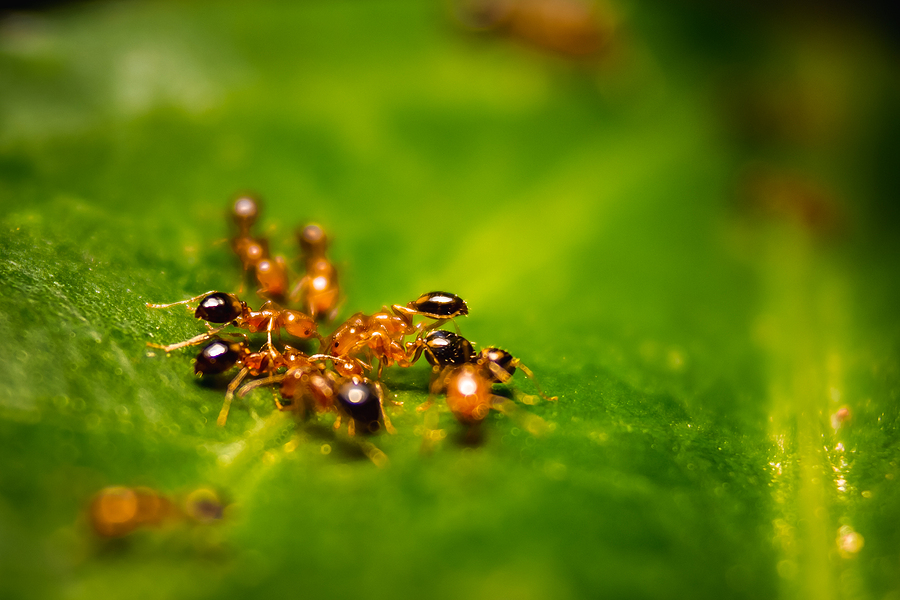
Ants hibernate in the winter and come out in full force over the summer. They have to forage in the summer months to feed their growing colonies and to build up their reserves for fall. Ants are usually seen indoors in the summer because they are searching for food and water as these can become scarce for them.
Ants can be prevented by:
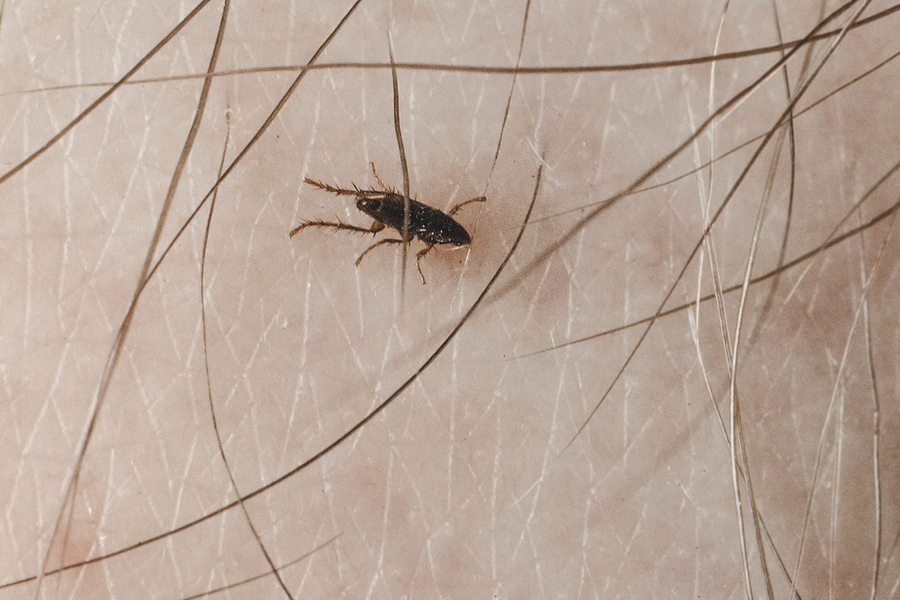
Fleas are prevalent in the summer months, although they can be found on pets year-round. Pets will indicate the presence of fleas by scratching and biting when they come in from outdoors.
Fleas can be prevented by:
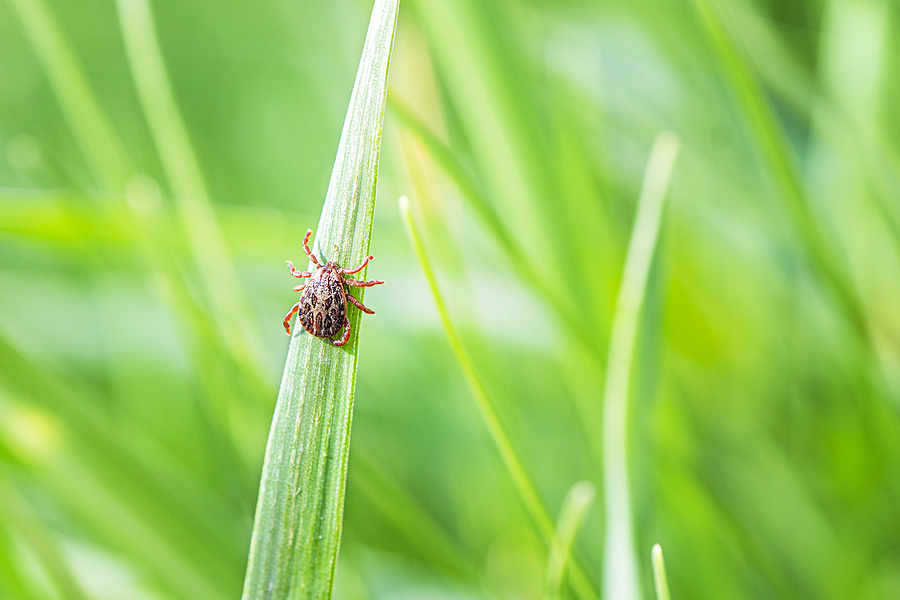
Ticks are problematic to humans and pets because they spread diseases like Lyme disease and Rocky Mountain spotted fever. Tick bites increase in the summer because people and animals are spending more time outside. The US is also seeing an increase in ticks because of the combination of mild winters and an increased population of deer and rodents which are known to carry ticks.
Ticks can be prevented by:
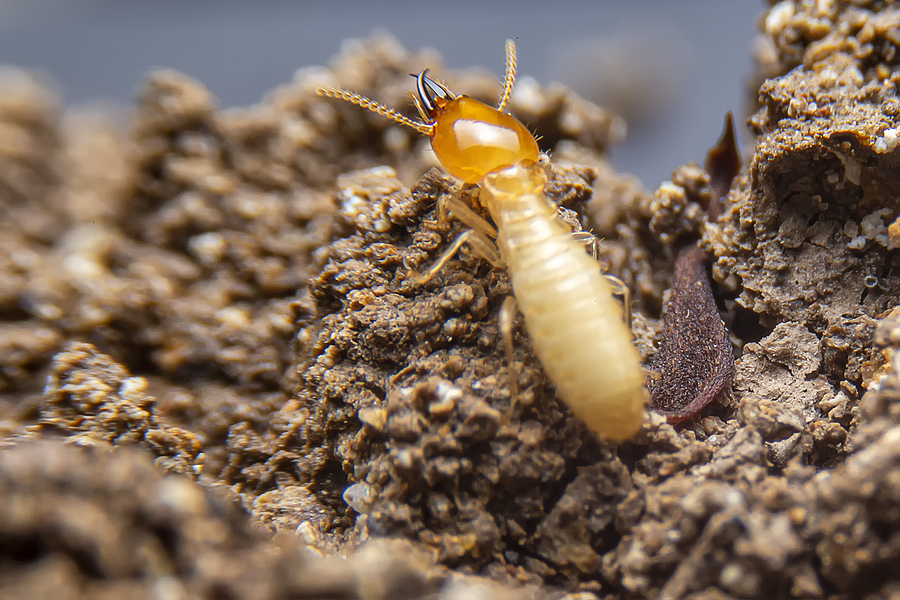
Termite swarming season is in the spring but these newly established colonies grow exponentially in the summer. Termites can go long periods of time undetected, causing significant damage to your home. It is important to keep an eye out for signs of termites so you can catch them early.
Termites can be prevented by:
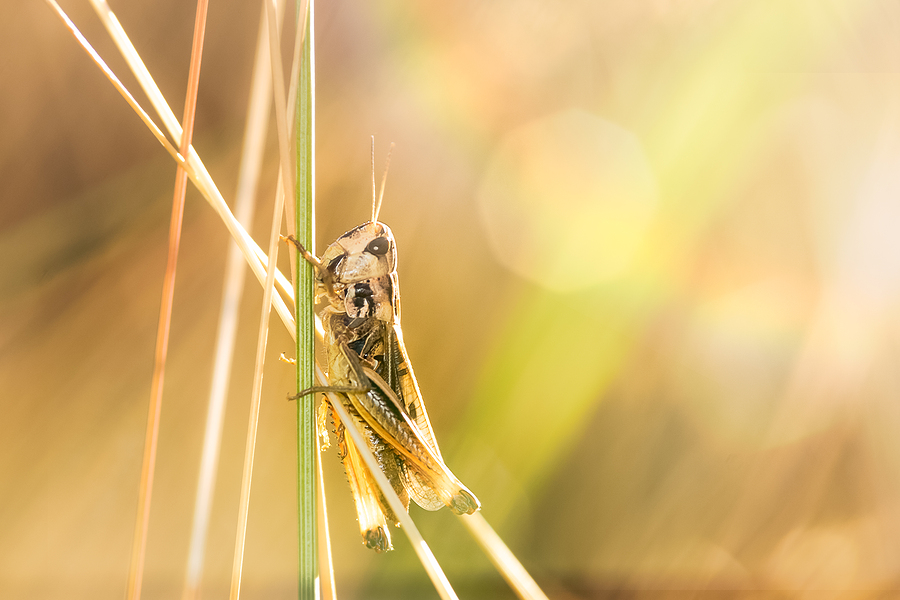
While most people view grasshoppers as just a nuisance pest, they can be devastating to gardeners and farmers. Grasshoppers can devour an entire field of crops in just a few days. Grasshoppers surge in large numbers in the summer months and are most prevalent in dry, hot summers. Grasshoppers can also cause damage to non-farmers as these are one of the only pests that can chew through screens.
Grasshoppers can be prevented by:
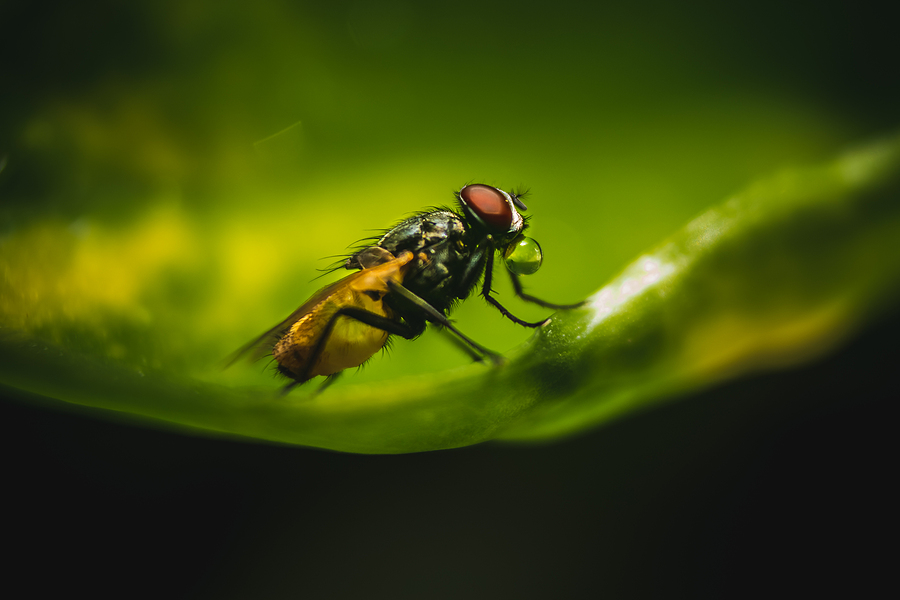
Flies invade your home in the summer months to escape the heat. They only reproduce during the hotter months and reproduce even more prolifically when they get indoors. Flies will stick around well into the fall months.
Flies can be prevented by:
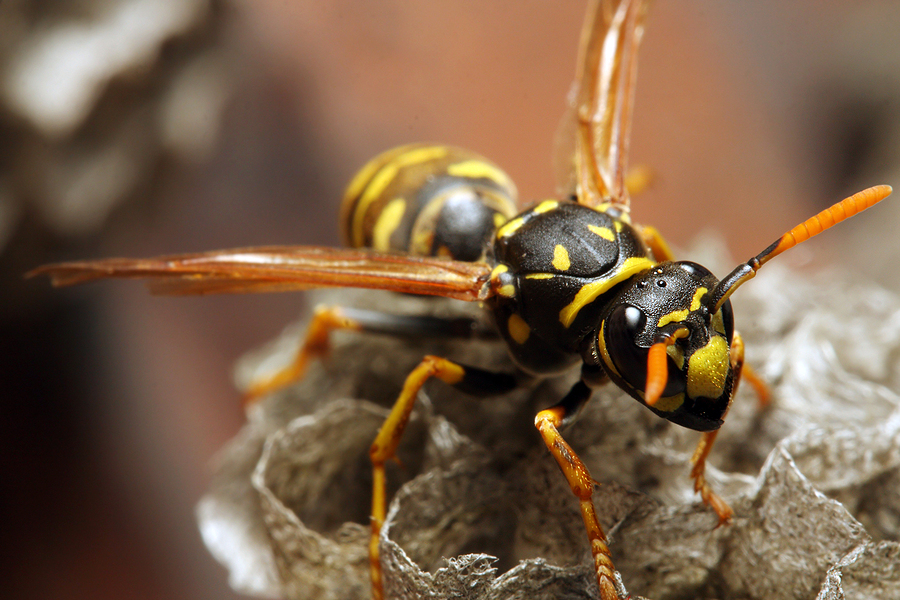
Stinging insects mate in the spring and their populations grow during the summer months. Hornets and yellow jackets are especially common in the summer because they have to establish new nests each year. These are usually found under decking or under piles of leaves. These stinging insects are potentially dangerous for people with allergies. Yellow jackets and bees can also get into the walls of homes, causing significant damage.
Stinging insects can be prevented by:
Don’t let these common summer pests ruin your summer. If you have a problem with any of these pests, contact a professional pest control company who can help eliminate them safely and prevent them going forward.
Termites: How to Stop Their Damage
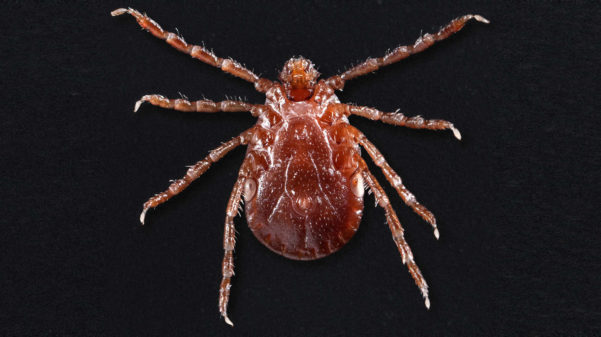
For the first time in fifty years, the U.S. has its first known invasive tick.
The longhorned tick, first discovered in November 2017, has been found in New York, Pennsylvania, Maryland, Virginia, West Virginia, North Carolina, and Arkansas. Professionals have had unsuccessful attempts to exterminate this particular species, leading it to be classified as an invasive species.
Normally an animal-attracted pest, the longhorned tick has been known to carry and transmit diseases like Lyme, spotted fever, and Severe Fever with Thrombocytopenia (SFTS). SFTS symptoms include fever, vomiting, multiple organ failure, along with many other symptoms. Fortunately, of the ticks tested here in the U.S., no human diseases have been detected.
As always, use the normal precautions towards tick exposure:
Continuing to follow these precautions will help to prevent tick exposure for you and your family members.
How Much Does a Termite Inspection Cost?
Pest Control for Basements and Attics
Wildlife Control: What Threat do Rodents Pose to Humans?
Exterminating: Rain and the Bugs it Brings?
Termite Treatment: Termites vs Flying Ants
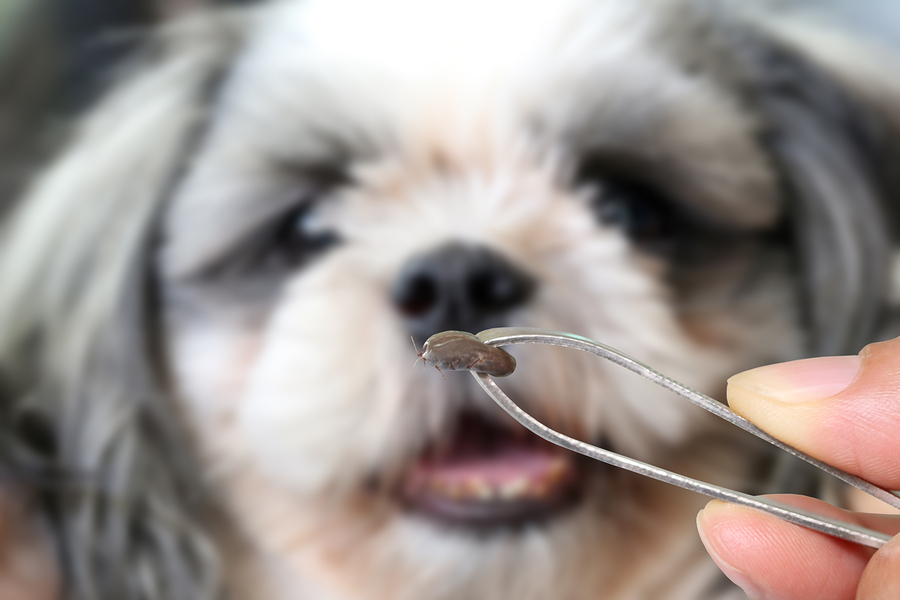
Fleas and ticks are pesky little pests that suck the life out of your pets and family (literally)! These parasites can cause your dogs, cats, children, or other family members a lot of discomfort and even pose serious health risks.
Fleas can be found in almost any environment but are more active in warm, humid climates. Once your house is infested, though, fleas can thrive even after temperatures drop. And they can cause severe allergic reactions in pets, a condition called flea allergy dermatitis (FAD), which can make pets extremely uncomfortable, causing itching, inflammation, excessive scratching, and even subsequent skin infections if left untreated. Older pets are even more at risk as a flea infestation can leave them weak and make treatment and recovery more difficult.
A flea infestation usually isn’t hard to spot. Your pet will most likely be scratching or grooming themselves excessively. When checked, you may even see adult fleas on their body or in their hair. Routinely use a flea comb on your pet to check for and remove fleas.
The best way to prevent fleas is to treat your pets with flea control products consistently, usually applied directly to your pet’s skin or given orally. Some products may even help to prevent dog heartworm, which can develop from mosquito bites. Look for products that treat both adult fleas and other stages of the flea life cycle.
If you have a flea infestation in your home, getting rid of them can be difficult and time-consuming. It’s best to contact a pest control company to establish a treatment schedule for both inside and outside the home. Your pet will need to be removed from the house during flea treatments and for a specified length of time afterwards. You can also help to get rid of fleas and prevent a future infestation by vacuuming regularly and removing old pet bedding, blankets, toys, and any other items regularly used by your pet.
Ticks can be a real concern to people and pets, especially during Spring and Fall months. Their bites are painful and cause skin irritations in some cases, but they also transmit several diseases including Lyme disease and Rocky Mountain spotted fever, which can cause serious illness or even death. The brown dog tick, commonly found on pets, can even infest your home.
Check your pets regularly for ticks. Larger ticks can usually be seen while smaller ones may not be so obvious. If you find a tick, safely remove it using a tick removal tool or with tweezers, only applying a small amount of pressure until the tick lets go. Any other method can be painful for your pet or cause skin irritations.
Prevent ticks by treating your pet with a tick control product, commonly included in topical flea treatments. Keep pets out of wooded areas or overgrown vegetation. Cut your grass regularly, keep plants and shrubs trimmed, and clear out leaves and other yard debris.